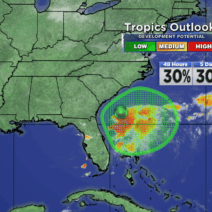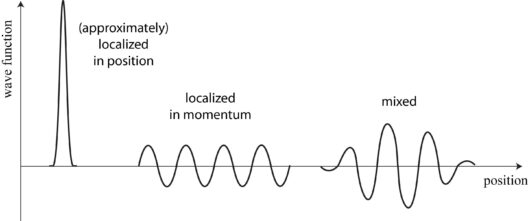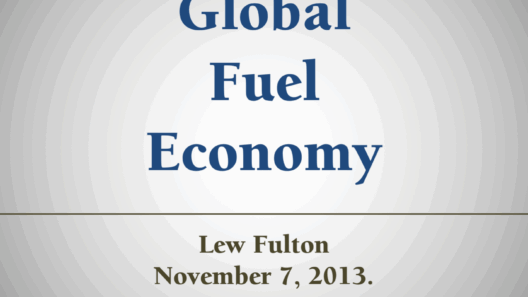Slash and burn agriculture, a traditional method employed across many regions of the world, is simultaneously a marvel of ingenuity and a formidable contributor to environmental degradation. This cultivation practice involves clearing forests or woodlands by cutting and burning vegetation to make way for crops. While it has been a staple for subsistence farmers for generations, the ramifications of this technique on climate change and biodiversity are increasingly alarming.
The allure of slash and burn derives from its apparent efficiency. Farmers, particularly in tropical areas, take advantage of nutrient-rich soil that results from the ash produced during the burning phase. The initial yield can be substantial, providing immediate sustenance and economic benefits. However, what often goes unnoticed is the profound and lasting impact it has on the ecosystems involved.
As forests are incinerated, carbon dioxide is released back into the atmosphere, contributing to the greenhouse gas effect. Forests act as significant carbon sinks, sequestering substantial amounts of carbon over decades. When they are removed, this stored carbon is liberated, increasing atmospheric concentrations that are pivotal in driving global warming. The fires that accompany this agricultural technique do not merely stop at the immediate area—winds can spread flames and embers, wreaking havoc on surrounding biodiversity.
Moreover, slash and burn agriculture fosters a cycle of degradation. While the initial plots may flourish, the soil quickly becomes impoverished as continual cropping depletes nutrients without adequate replenishment. Consequently, farmers are compelled to seek new plots of land, perpetuating the cycle of deforestation. This not only exacerbates carbon emissions but also contributes to habitat fragmentation, which significantly threatens various flora and fauna, pushing them toward the precipice of extinction.
The ecological ramifications are far-reaching. Biodiversity is not merely an abstract concept; it is the cornerstone of resilient ecosystems. The loss of species due to habitat destruction can lead to a cascade of detrimental effects. Pollinators, essential for many crops, and keystone species that maintain ecological balance are often the first casualties. The decline of biodiversity undermines ecosystem services such as soil fertility, water purification, and climate regulation, all of which are fundamental for human survival.
Furthermore, slash and burn agriculture often disproportionately affects indigenous communities. These groups rely on the forest for more than just subsistence; it is intricately woven into their cultural identities. The destruction wrought by slash and burn practices not only threatens their livelihood but also erodes their cultural heritage. This intersection of environmental degradation and social injustice highlights an urgent call for sustainable alternatives.
Sustainable agriculture presents a viable solution. Techniques such as agroforestry—where crops are cultivated alongside trees—offer a harmonious relationship between productivity and conservation. By enhancing biodiversity and improving soil health, agroforestry can replicate the benefits of traditional slash and burn agriculture without the severe environmental repercussions. Crop rotation and contour farming also contribute to maintaining soil integrity and minimizing erosion, all while preserving existing ecosystems.
Education plays a pivotal role in this transition. Farmers must be equipped with knowledge about sustainable practices and the long-term consequences of their agricultural methods. Moreover, enhanced access to resources, such as improved seed varieties and organic fertilizers, can empower communities to adopt practices that are less harmful to their environments. Sustainable farming initiatives must also consider socio-economic factors, ensuring inclusivity and support for local communities.
In addition, policy intervention at local, national, and global levels is paramount. Governments should implement and enforce regulations that incentivize sustainable practices while curbing destructive methods like slash and burn. International collaborations focused on climate change can also offer financial assistance for developing nations, promoting agricultural methodologies that are both productive and environmentally responsible.
As consumers, we have a vital role to play. Supporting sustainable products, demanding transparency in agricultural practices, and advocating for policies that prioritize ecological integrity are all steps individuals can take to mitigate the impacts of slash and burn agriculture. Consumer choice can drive significant change in agricultural practices; when demand shifts toward sustainability, farmers may be more inclined to evolve their methods.
The tantalizing immediacy of slash and burn agriculture belies its disastrous long-term consequences. The practice poses a stark reminder of the tensions between short-term gains and sustainable futures. As our world grapples with the stark realities of climate change, it is imperative that we collectively champion sustainable alternatives. The fiery impact of slash and burn agriculture illuminates the delicate balance we must maintain between human need and environmental stewardship. To preserve our planet for future generations, embracing sustainable agriculture is not merely an option—it is an obligation.







